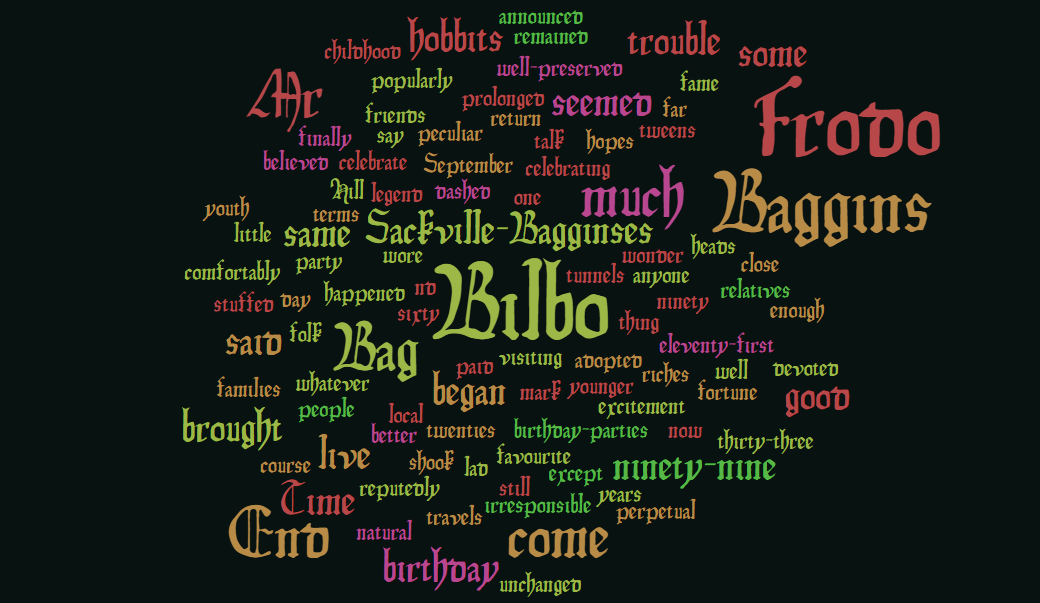
Creating a basic Word Cloud in Python
We’ve all seen word clouds, like in the sidebars of blogs, but let’s see how we might create our own with a little bit of code!

We’ve all seen word clouds, like in the sidebars of blogs, but let’s see how we might create our own with a little bit of code!
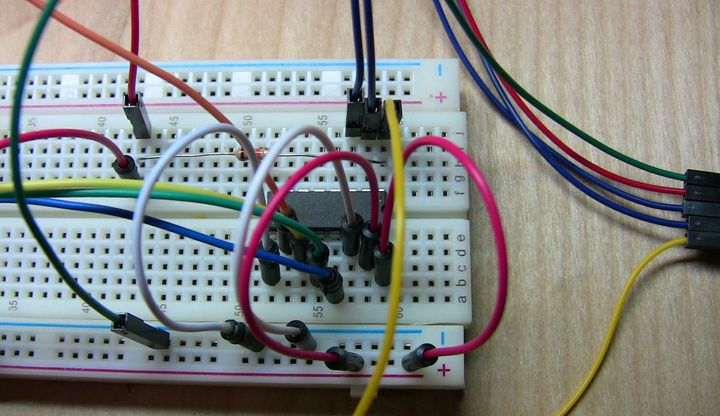
One of the best things about the Raspberry Pi is its GPIO pins. They’re just sitting there, waiting to be connected to all kinds of interesting peripherals so your Pi can interact with the world around it. We can send alerts, attach sensors, and even plug cards like the Sense HAT over top of the pins to do even more. A few months ago, I bought a set of 37 sensor modules. I knew they wouldn’t directly interface with the Pi, but that it was entirely possible to do it, so they were set aside for later. Well, it’s time to try one out, and I figure the mini-joystick might offer some interesting opportunities! ...

After getting PWM (pulse-width modulation) to work with an RGB LED last week, I was trying to think of what else I could do with an LED that demonstrated changes in color as well as intensity. I’m not sure why – maybe it was because we lost power in our neighborhood recently – but I thought a flickering candle could be an interesting little challenge… Materials In order to test this out, you’ll need a few things. ...

If you buy a kit with random LEDs, wires, switches, etc, you’re likely to end up with one or two of those funky little LEDs that appears to be white, and has 4 wires instead of 2. I had set mine aside and made a mental note to figure it out later – well, that time has come! The code in this article is available on GitHub, if you’d like to use it or just follow along. ...
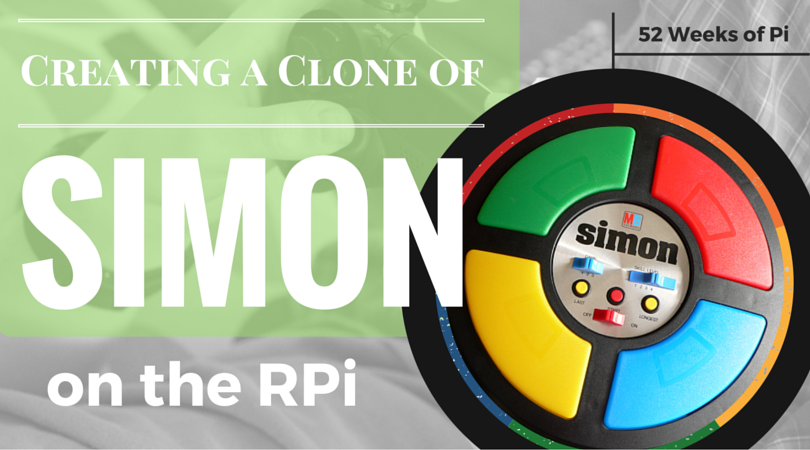
Let’s recreate the Simon game of the 1980s using a Raspberry Pi and Sonic Pi!
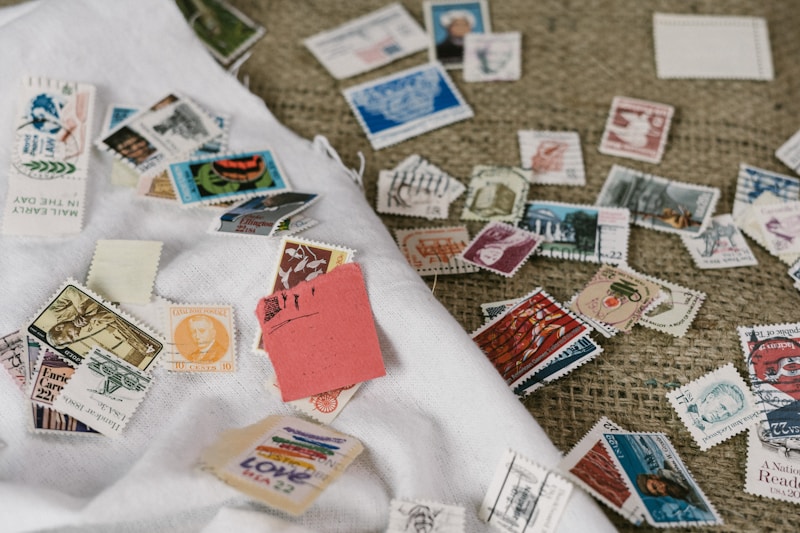
Let’s learn how to flash an LED on the Raspberry Pi when someone sends us a new email.
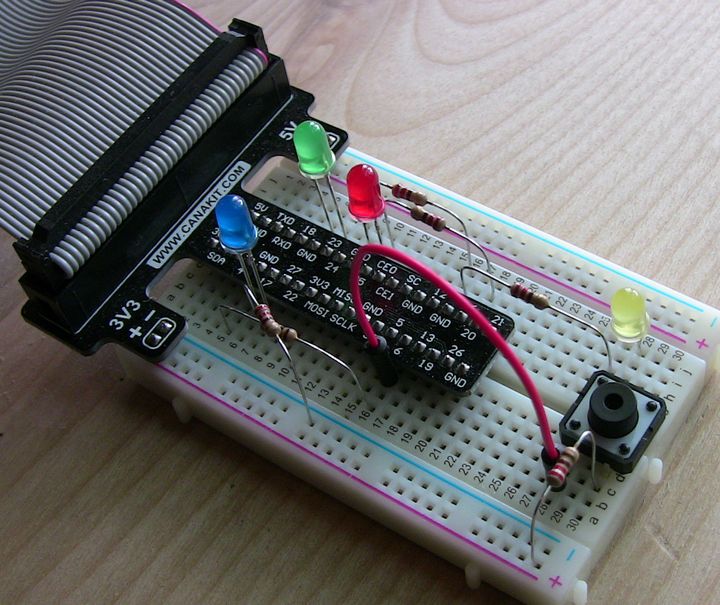
I created a morse code generator before based on entering a string at the console. Now I extended it to generate a message by clicking a button.

When you start out creating circuits with the Raspberry Pi and its GPIO pins, there’s an unexpected but important concept to understand, called “floating”. To adjust for it, you need to understand how to use pullup and pulldown resistors.

Making the Pi blink an LED a few times is thrilling, but what about building something.. more? Let’s build a morse code transmitter!

I unboxed my Raspberry Pi a few weeks ago and started learning Python. Let’s code the “Hello World” of the Pi, and make an LED blink.